Home>Gardening & Outdoor>Landscaping Ideas>How To Grow Grass Around Trees
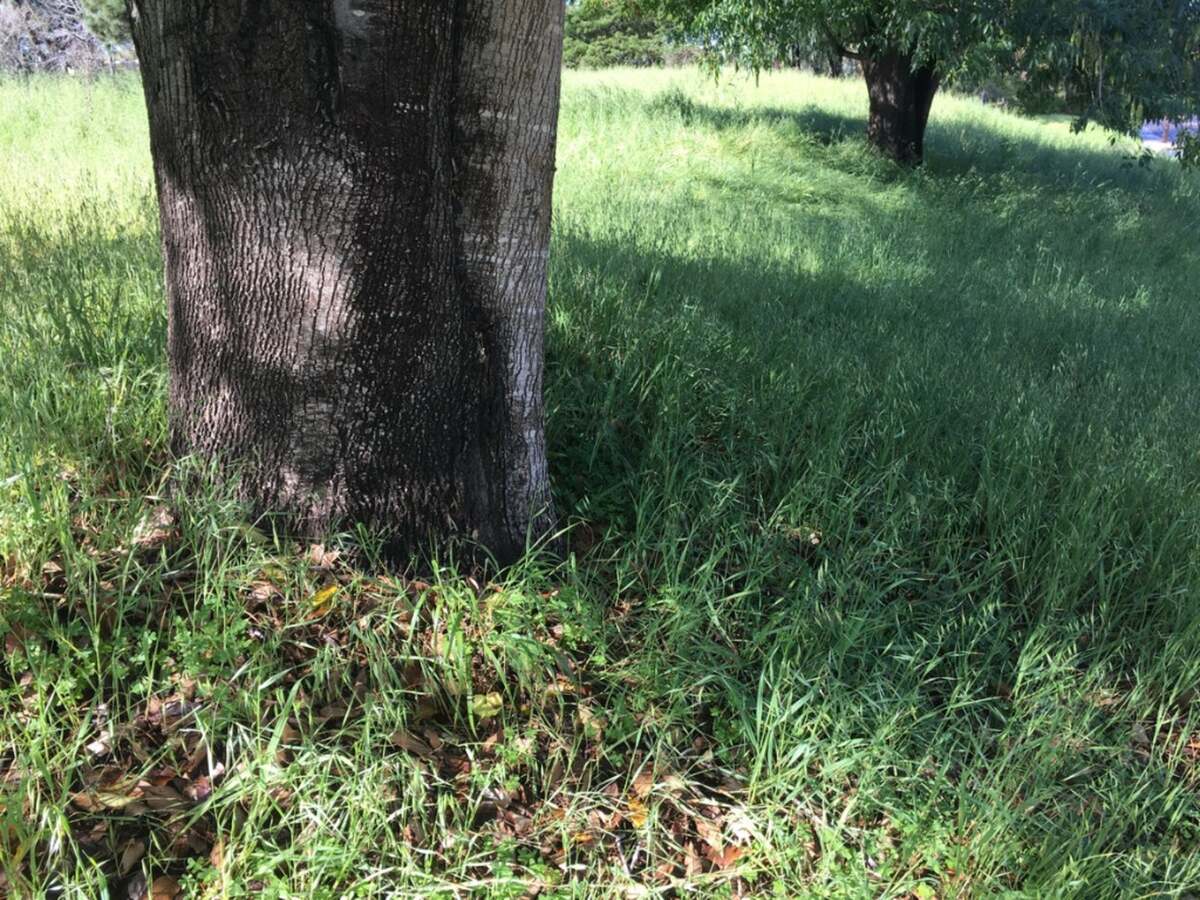

Landscaping Ideas
How To Grow Grass Around Trees
Modified: February 18, 2024
Learn effective landscaping ideas for growing grass around trees. Discover expert tips for a lush and beautiful yard with our comprehensive guide.
(Many of the links in this article redirect to a specific reviewed product. Your purchase of these products through affiliate links helps to generate commission for Storables.com, at no extra cost. Learn more)
Introduction
When it comes to landscaping, the area around trees can often pose a challenge. The shade provided by the canopy can make it difficult for grass to thrive, leaving the ground bare and uninviting. However, with the right approach, it's possible to cultivate a lush carpet of grass around trees, transforming these spaces into beautiful and functional parts of your landscape.
Growing grass around trees not only enhances the aesthetic appeal of your outdoor space but also helps to prevent soil erosion, reduce weed growth, and provide a soft, inviting surface for recreational activities. Whether you're looking to create a cozy picnic spot under a sprawling oak or simply want to beautify the area around your trees, this guide will walk you through the steps to successfully grow grass in these challenging areas.
In the following sections, we'll explore the key considerations for selecting the right type of grass, preparing the soil for optimal growth, planting the grass seeds or sod, and providing the necessary care to ensure a healthy and vibrant lawn. By following these steps and incorporating the best practices for tree care, you can create a harmonious and visually stunning landscape that celebrates the natural beauty of your trees while maximizing the greenery at ground level. Let's dive in and discover how to grow grass around trees with confidence and success.
Key Takeaways:
- Choose shade-tolerant grass like fine fescue or St. Augustine for tree-covered areas. Get local advice for the best grass types in your region to thrive in the unique conditions.
- Prepare soil by testing, aerating, adding organic matter, and leveling for successful grass growth around trees. Care for the grass with watering, fertilization, and shade management.
Read more: How To Remove Grass Around Trees
Selecting the Right Grass
Choosing the appropriate type of grass is crucial for success when growing around trees. The unique environmental conditions, such as shade and competition for water and nutrients, require a grass variety that is resilient and well-suited to these challenges.
Considerations for Shade:
- Opt for shade-tolerant grass species such as fine fescue, St. Augustine, or certain varieties of zoysia grass. These species are better equipped to thrive in the reduced sunlight conditions commonly found under tree canopies.
- Understand the Shade Patterns: Assess the specific shade patterns in your yard to determine the level of sunlight the grass will receive. Some areas may have dappled sunlight, while others may be in deep shade for most of the day.
- Consult with Local Experts: Local climate and soil conditions play a significant role in determining the best grass types. Seek advice from local nurseries, agricultural extension offices, or landscaping professionals to identify the most suitable grass varieties for your region.
Considerations for Competition:
- Choose Grass with Strong Growth Habits: Opt for grass species that can withstand competition from tree roots and recover from occasional drought stress. Tall fescue and zoysia grass are known for their robust growth and ability to compete with tree roots.
- Resilience to Traffic: If the area around the trees is frequently used, select a grass variety known for its durability and ability to recover from foot traffic, such as certain types of Bermuda grass or perennial ryegrass.
Soil and Water Requirements:
- Evaluate Soil Drainage: Consider the soil drainage around the trees. Select grass varieties that are suitable for the existing soil conditions, whether it’s well-draining or tends to retain moisture.
- Water Availability: Assess the water availability in the area. Some grass species, like St. Augustine grass, have higher water requirements, while others, such as fine fescue, are more drought-tolerant.
By carefully considering these factors and choosing the right grass variety for the unique conditions around your trees, you can set the stage for successful grass growth and a thriving, verdant landscape.
Preparing the Soil
Before planting grass around trees, it’s essential to prepare the soil to create an optimal environment for the new growth. The presence of tree roots and the potential for compacted soil in these areas necessitate specific soil preparation techniques to ensure the grass can establish strong roots and access essential nutrients and moisture.
Soil Testing:
Begin the soil preparation process by conducting a soil test. This analysis will provide valuable insights into the soil’s pH level, nutrient content, and overall composition. Soil testing kits are readily available at garden centers and can also be obtained through local agricultural extension offices. Based on the test results, you can make informed decisions about soil amendments and fertilizer applications to create an ideal growing environment for the grass.
Aeration and Compaction Relief:
Tree roots often contribute to soil compaction, which hinders water and nutrient absorption. Utilize a core aerator to alleviate compaction and improve air and water penetration into the soil. Aeration also creates channels for new grass roots to grow more deeply, promoting overall lawn health.
Adding Organic Matter:
Incorporating organic matter into the soil is beneficial for improving its structure and fertility. Spread a layer of compost or well-decomposed organic material over the area and gently rake it into the soil. This organic matter enhances the soil’s ability to retain moisture, promotes microbial activity, and provides essential nutrients for the grass.
Leveling and Grading:
Ensure the soil surface around the trees is relatively level to prevent water from pooling in uneven areas. Use a garden rake or leveling tool to smooth out the soil, creating a uniform surface for planting the grass seeds or laying sod. Proper grading also helps to prevent soil erosion and encourages uniform grass growth.
Addressing pH Imbalance:
If the soil test reveals an imbalance in pH levels, take the necessary steps to correct it. Adding lime to raise the pH or elemental sulfur to lower it can help create an environment where the selected grass species can thrive. Balancing the soil’s pH fosters optimal nutrient uptake and supports healthy root development in the grass.
By meticulously preparing the soil around trees, you can establish the groundwork for successful grass growth and create an environment where the new grass can flourish, despite the challenges posed by tree roots and shade.
When planting grass around trees, make sure to choose a shade-tolerant grass variety. Keep the area well-watered and avoid using heavy equipment that can damage the tree’s roots.
Planting the Grass
Once the soil is prepared, it’s time to proceed with planting the grass around the trees. Whether you choose to sow grass seeds or install sod, careful attention to planting techniques is essential to ensure successful establishment and growth.
Grass Seed Planting:
If you opt for seeding, follow these steps for optimal results:
- Even Seed Distribution: Use a seed spreader to evenly distribute the grass seeds over the prepared soil. Adjust the spreader settings according to the recommended seeding rate for the specific grass species you’ve selected.
- Raking and Covering: After spreading the seeds, gently rake the soil to lightly cover the seeds with a thin layer of soil. This helps protect the seeds from birds and promotes good seed-to-soil contact, facilitating germination.
- Watering: Carefully water the seeded area, keeping the soil consistently moist but not waterlogged. Regular, light watering is crucial to support seed germination and early root development.
- Patience and Monitoring: Be patient during the germination period, which can vary depending on the grass species. Monitor the seeded area regularly to ensure adequate moisture and look for the emergence of new grass shoots.
Sod Installation:
If you choose to use sod for quicker results, consider the following steps:
- Proper Sod Placement: Lay the sod pieces in a staggered pattern, similar to laying bricks, to minimize visible seams and encourage seamless growth. Gently press the sod into the soil to ensure good soil-to-sod contact.
- Watering and Rolling: After sod installation, thoroughly water the area to help the sod establish its roots. Use a lawn roller to ensure the sod makes firm contact with the soil, which promotes root growth and prevents air pockets beneath the sod.
- Initial Care: Keep the newly laid sod consistently moist during the initial establishment phase. Avoid heavy foot traffic on the sodded area until the roots have firmly anchored into the soil.
Post-Planting Care:
Regardless of whether you’ve planted grass seeds or laid sod, ongoing care is crucial for the successful establishment of the new grass. Regular watering, monitoring for signs of stress or disease, and avoiding excessive foot traffic during the initial growth phase are essential for nurturing the newly planted grass and ensuring its healthy development.
By following these planting guidelines and providing attentive care, you can set the stage for a vibrant and resilient grass cover around your trees, enhancing the beauty and functionality of your outdoor space.
Caring for the Grass
After planting the grass around trees, ongoing care is vital to support its healthy growth and resilience in the challenging environment beneath the tree canopy. By implementing proper maintenance practices and addressing potential issues promptly, you can nurture a lush and vibrant lawn that complements the natural beauty of your trees.
Watering:
Consistent and deep watering is essential, especially during the establishment phase. However, be mindful of overwatering, as it can lead to shallow root growth and fungal diseases. Adjust the watering frequency based on the specific needs of the grass species and the prevailing weather conditions, aiming to keep the soil consistently moist without becoming waterlogged.
Fertilization:
Apply a balanced, slow-release fertilizer specifically formulated for the type of grass you’ve planted. Fertilize according to the recommended schedule, typically in the spring and fall, to provide essential nutrients for healthy growth without promoting excessive top growth that may require more frequent mowing.
Mowing:
When mowing the grass around trees, adjust the mower height to leave the grass slightly taller than in open lawn areas. Taller grass blades can capture more sunlight in shaded areas and promote deeper root growth. Avoid mowing too closely to the tree trunks to minimize damage to the tree roots and the grass itself.
Weed Control:
Regularly inspect the grass for weeds and take appropriate measures to control them. Hand-pulling weeds or spot-treating them with a targeted herbicide can help maintain a clean and uniform lawn while minimizing competition for water and nutrients.
Disease and Pest Management:
Monitor the grass for signs of disease or pest infestations, addressing any issues promptly to prevent them from spreading. Proper cultural practices, such as adequate watering and fertilization, can bolster the grass’s natural resistance to diseases and pests.
Aeration and Dethatching:
Periodically aerate the soil to alleviate compaction and improve air and water penetration. Additionally, dethatching the lawn when necessary helps prevent the buildup of organic debris, promoting better nutrient absorption and root growth.
Shade Management:
Prune tree branches strategically to allow more sunlight to reach the grass, especially during the early morning and late afternoon. Proper pruning can improve air circulation and light penetration, supporting healthier grass growth in shaded areas.
By consistently implementing these care practices and staying attuned to the unique needs of the grass around trees, you can foster a resilient and visually appealing lawn that flourishes despite the challenges posed by the surrounding tree canopy.
Read more: How To Grow Grass Under A Tree
Conclusion
Growing grass around trees presents a unique set of challenges, from shade and root competition to soil conditions. However, with thoughtful planning and diligent care, it’s possible to create a flourishing and inviting lawn that enhances the beauty of the trees and the overall landscape. By selecting the right grass variety, preparing the soil meticulously, and providing attentive care, you can transform the areas around your trees into vibrant and functional spaces that complement your outdoor environment.
It’s important to recognize that successful grass growth around trees often requires a tailored approach, considering the specific environmental factors and the needs of the chosen grass species. Embracing shade-tolerant grass varieties, implementing proper soil preparation techniques, and adhering to sound maintenance practices are essential steps in achieving a thriving grass cover in these challenging areas.
Moreover, the benefits of cultivating grass around trees extend beyond aesthetics. A healthy and well-maintained lawn can contribute to soil stability, minimize erosion, and provide a comfortable and visually appealing setting for various outdoor activities. Whether you envision a cozy seating area under a majestic shade tree or simply seek to enhance the overall greenery in your yard, the successful establishment of grass around trees can significantly elevate the appeal and functionality of your outdoor space.
As you embark on this journey of nurturing grass around your trees, remember that patience and attentiveness are key. Observing the unique interactions between the trees and the grass, adapting care practices to suit the evolving needs of the landscape, and celebrating the symbiotic relationship between these elements can lead to a truly harmonious and captivating outdoor environment.
With the insights and guidelines provided in this guide, you are well-equipped to embark on the rewarding endeavor of growing grass around trees with confidence and success. By embracing the inherent beauty of your trees and harnessing the potential of the surrounding ground cover, you can create a landscape that is both visually stunning and ecologically beneficial, enriching your outdoor experience for years to come.
Frequently Asked Questions about How To Grow Grass Around Trees
Was this page helpful?
At Storables.com, we guarantee accurate and reliable information. Our content, validated by Expert Board Contributors, is crafted following stringent Editorial Policies. We're committed to providing you with well-researched, expert-backed insights for all your informational needs.
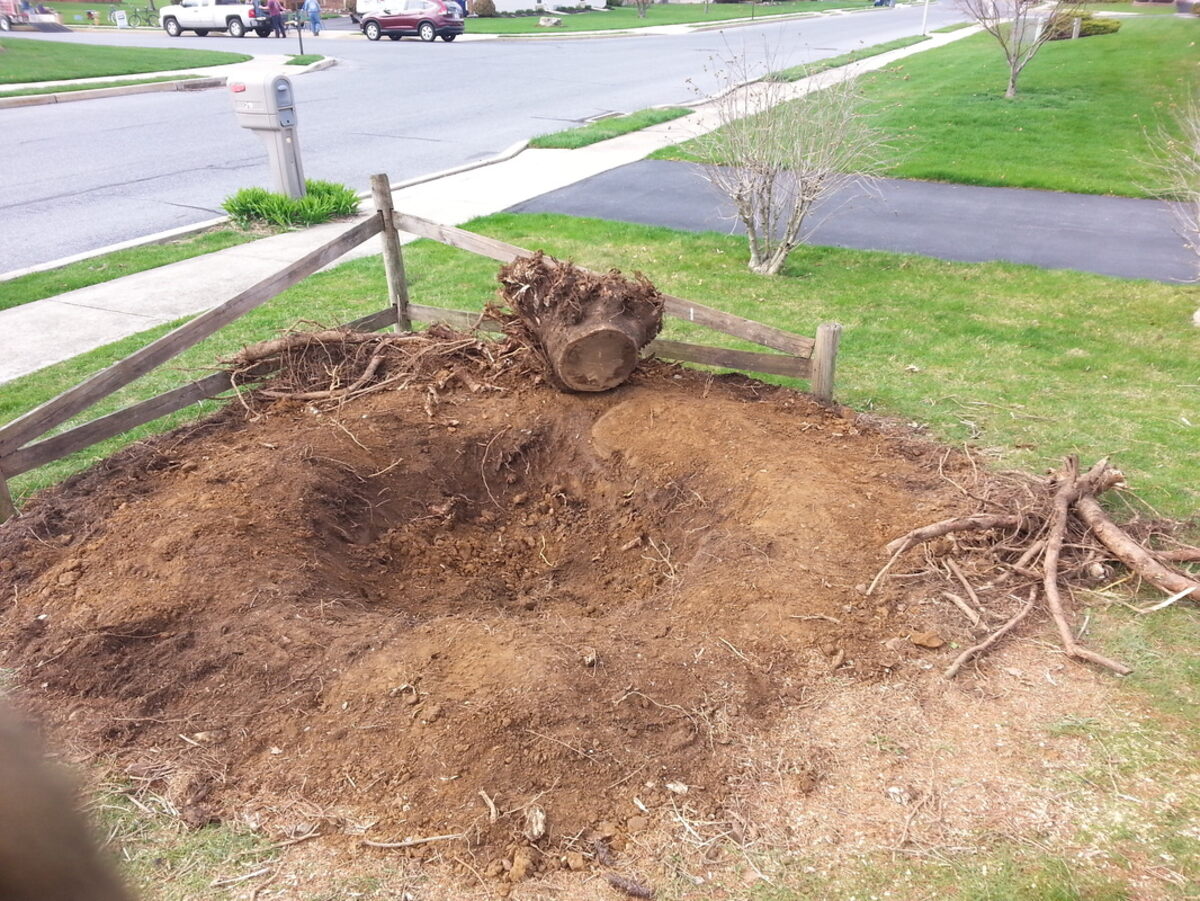
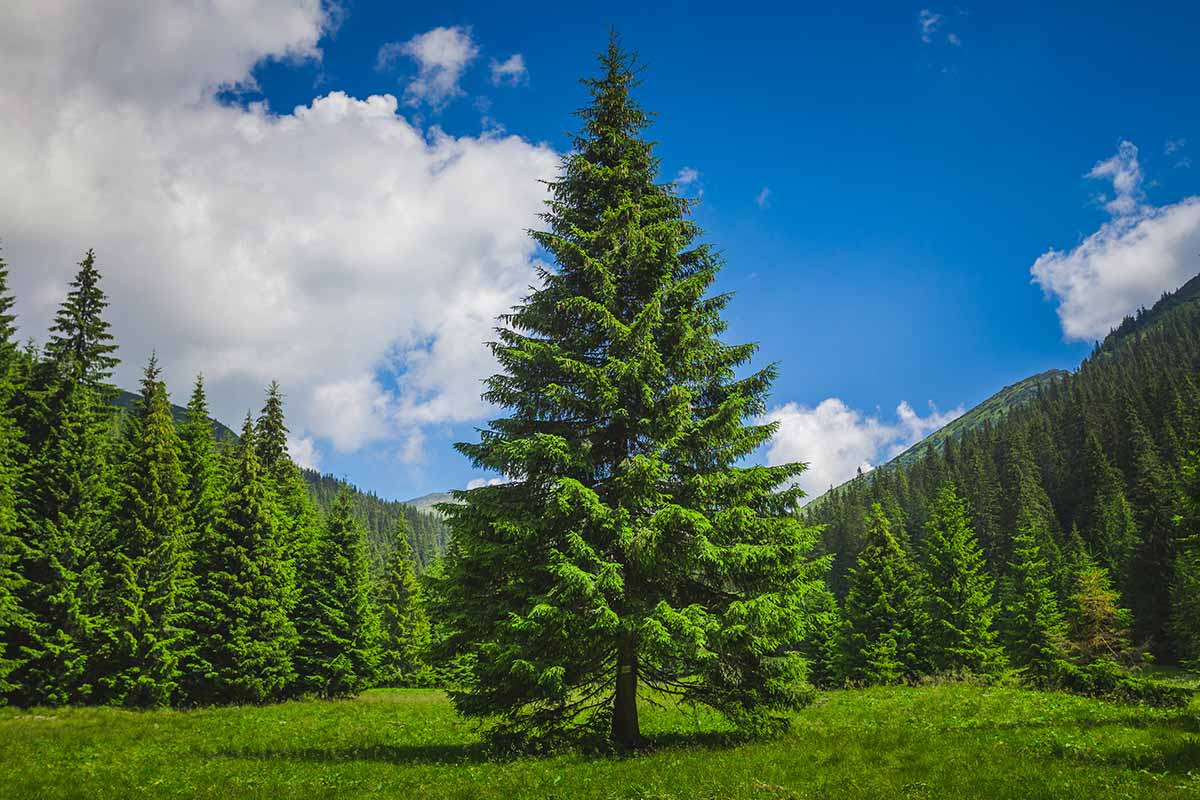
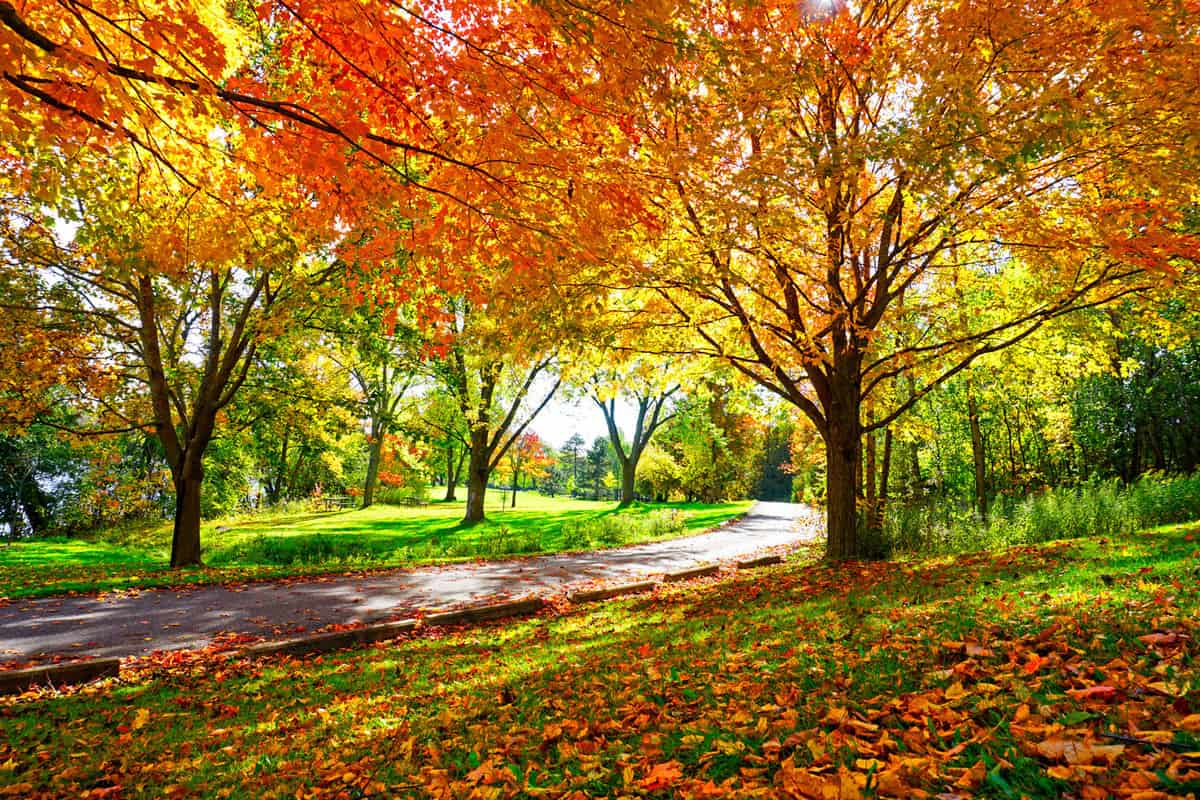
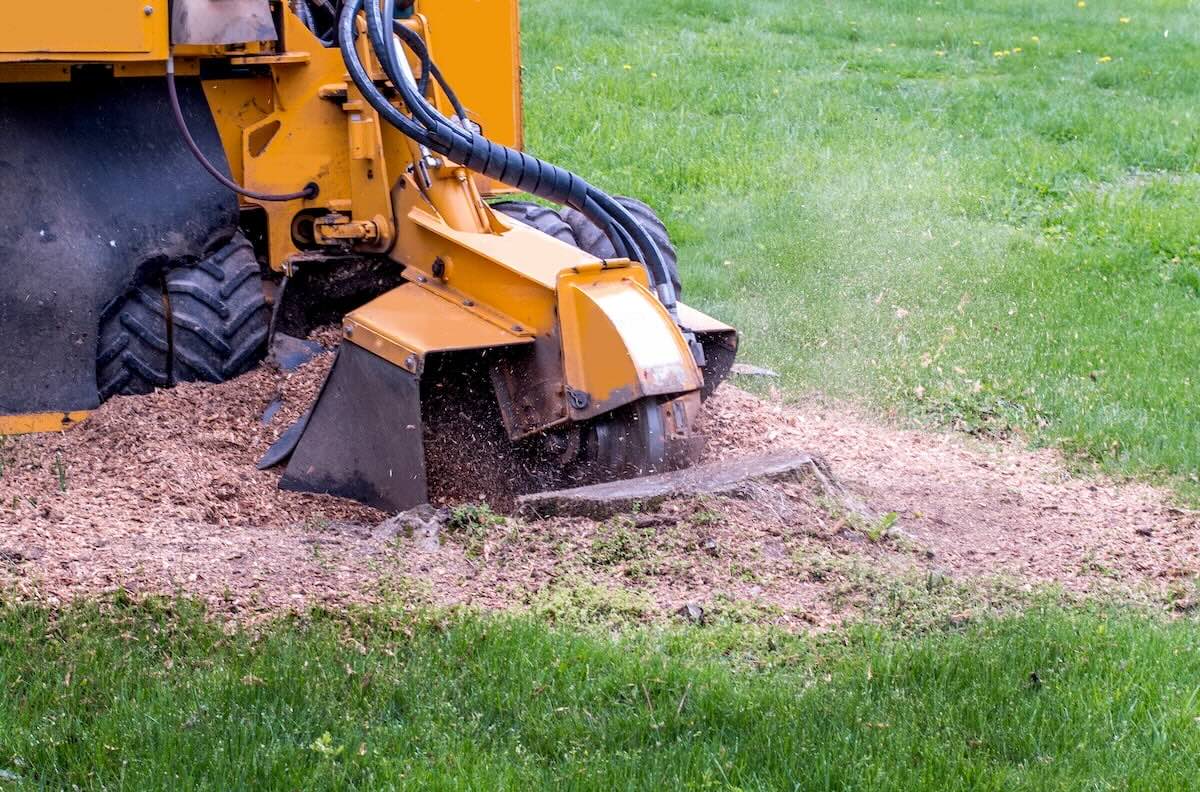
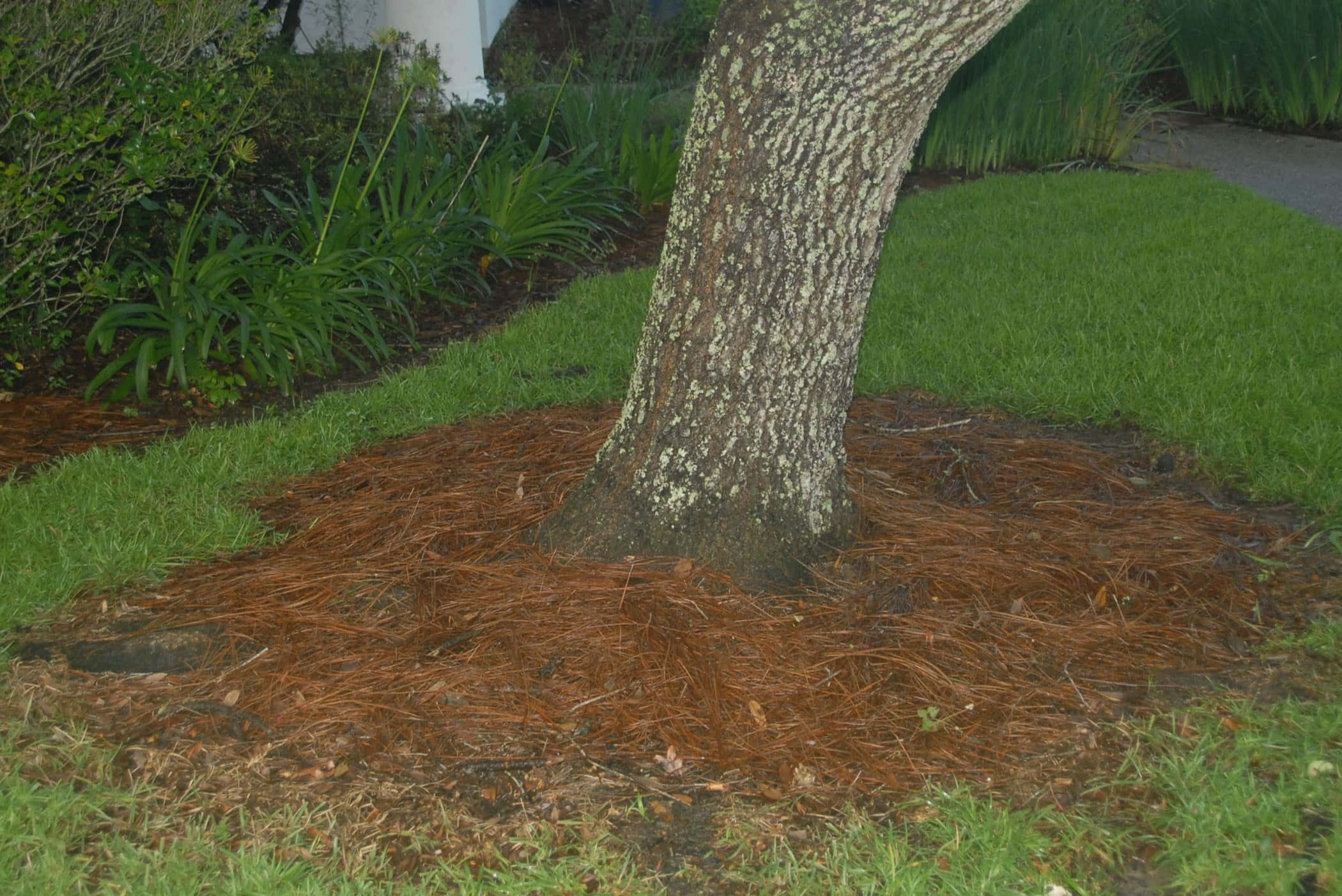
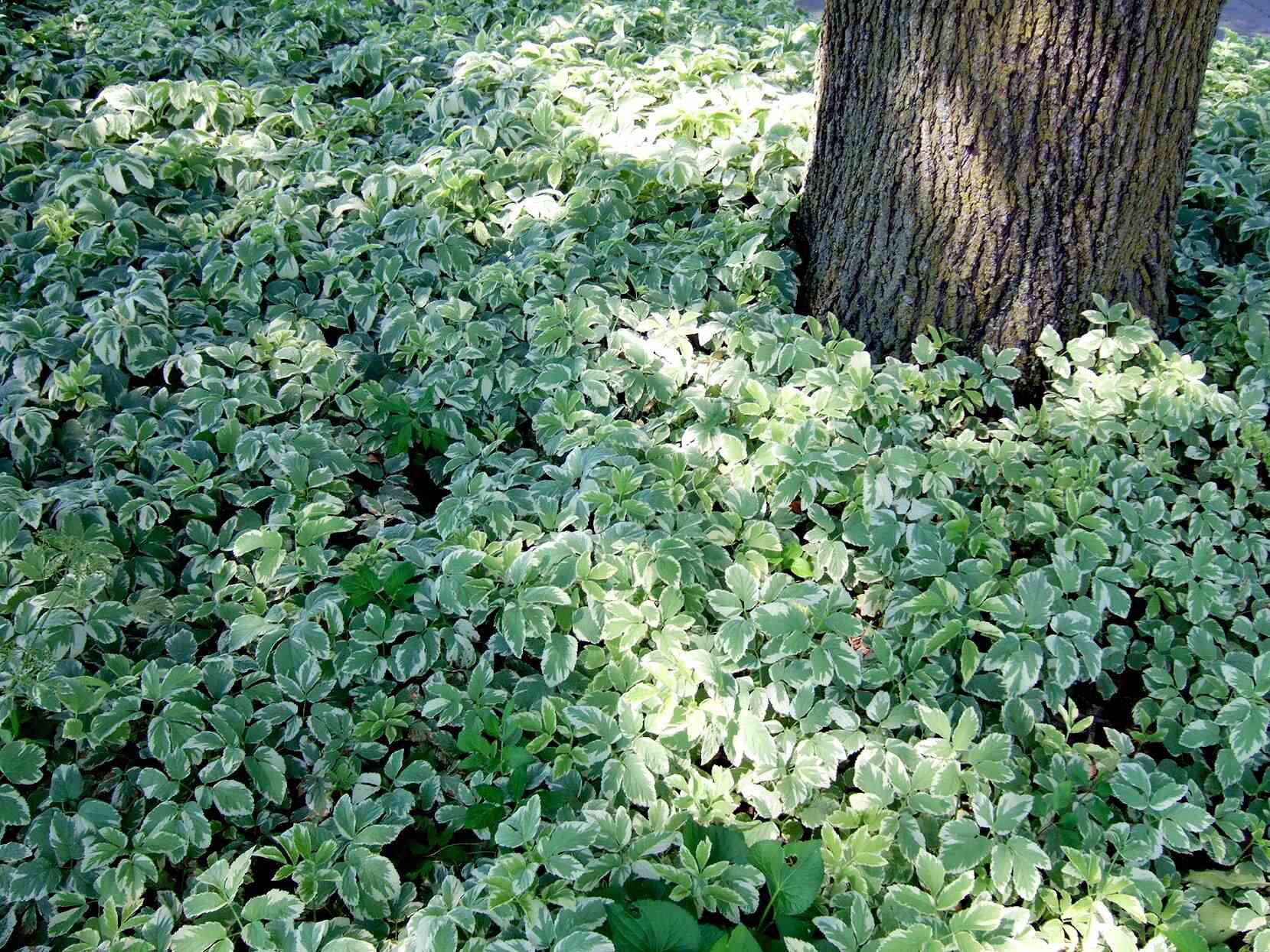
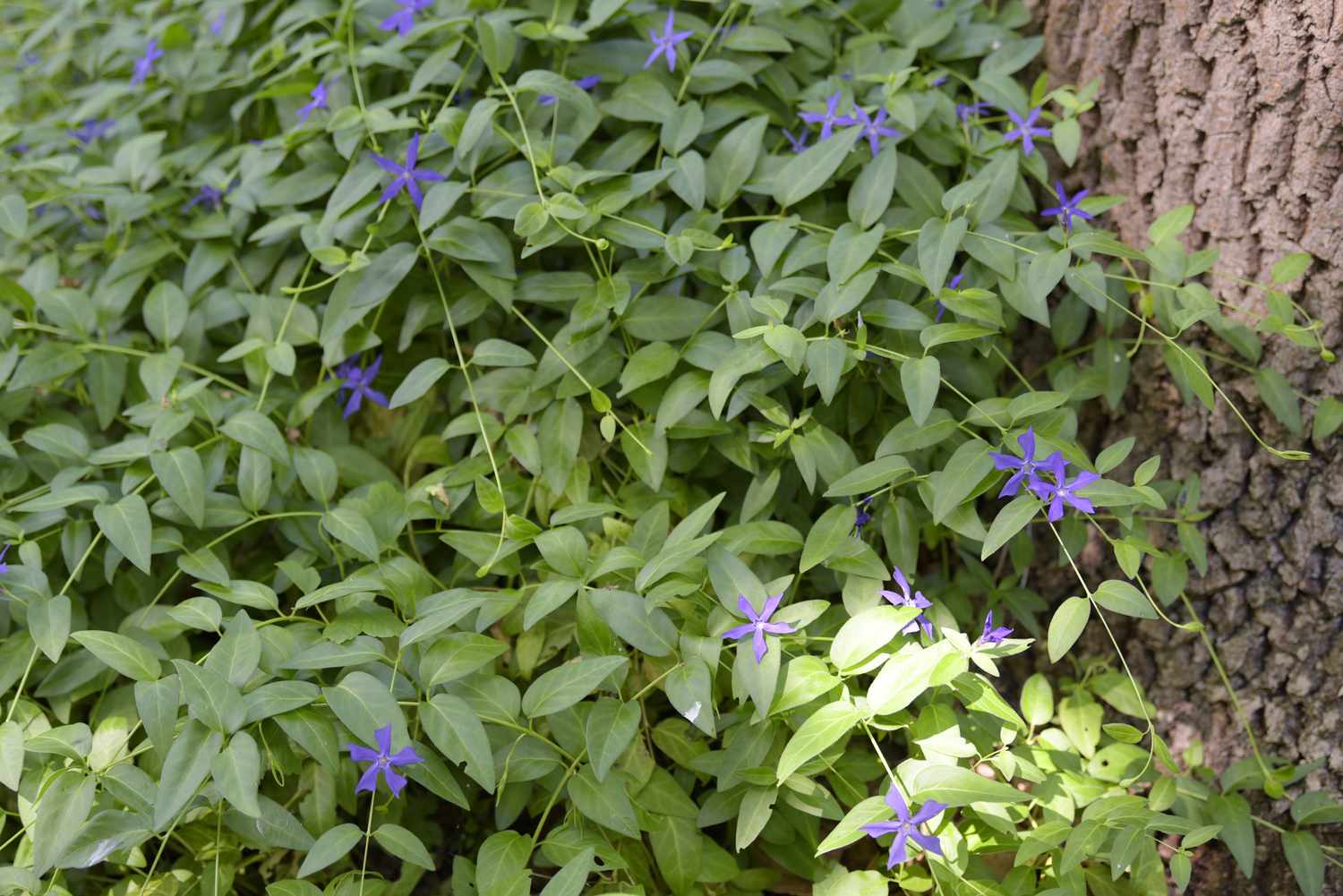


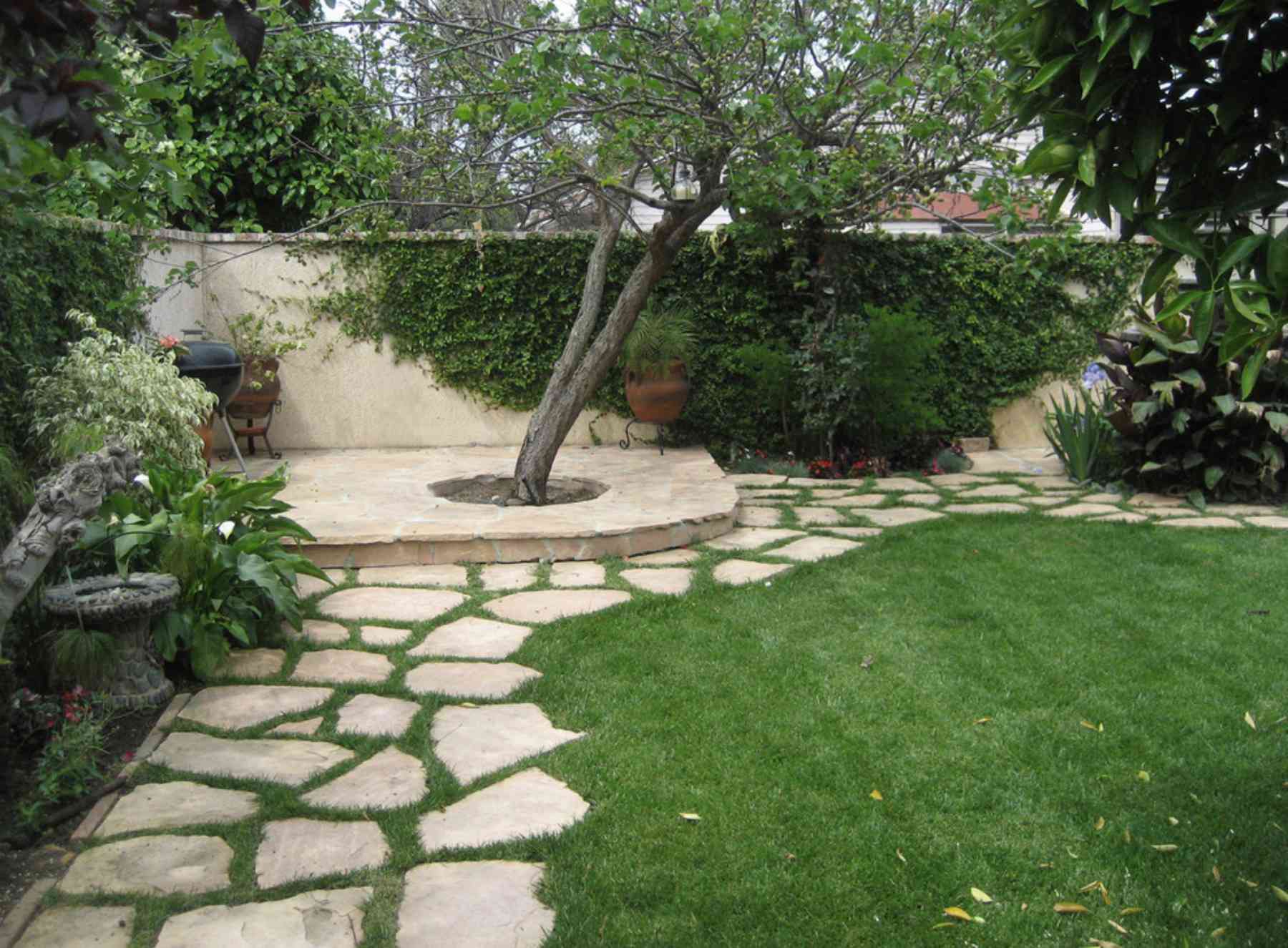

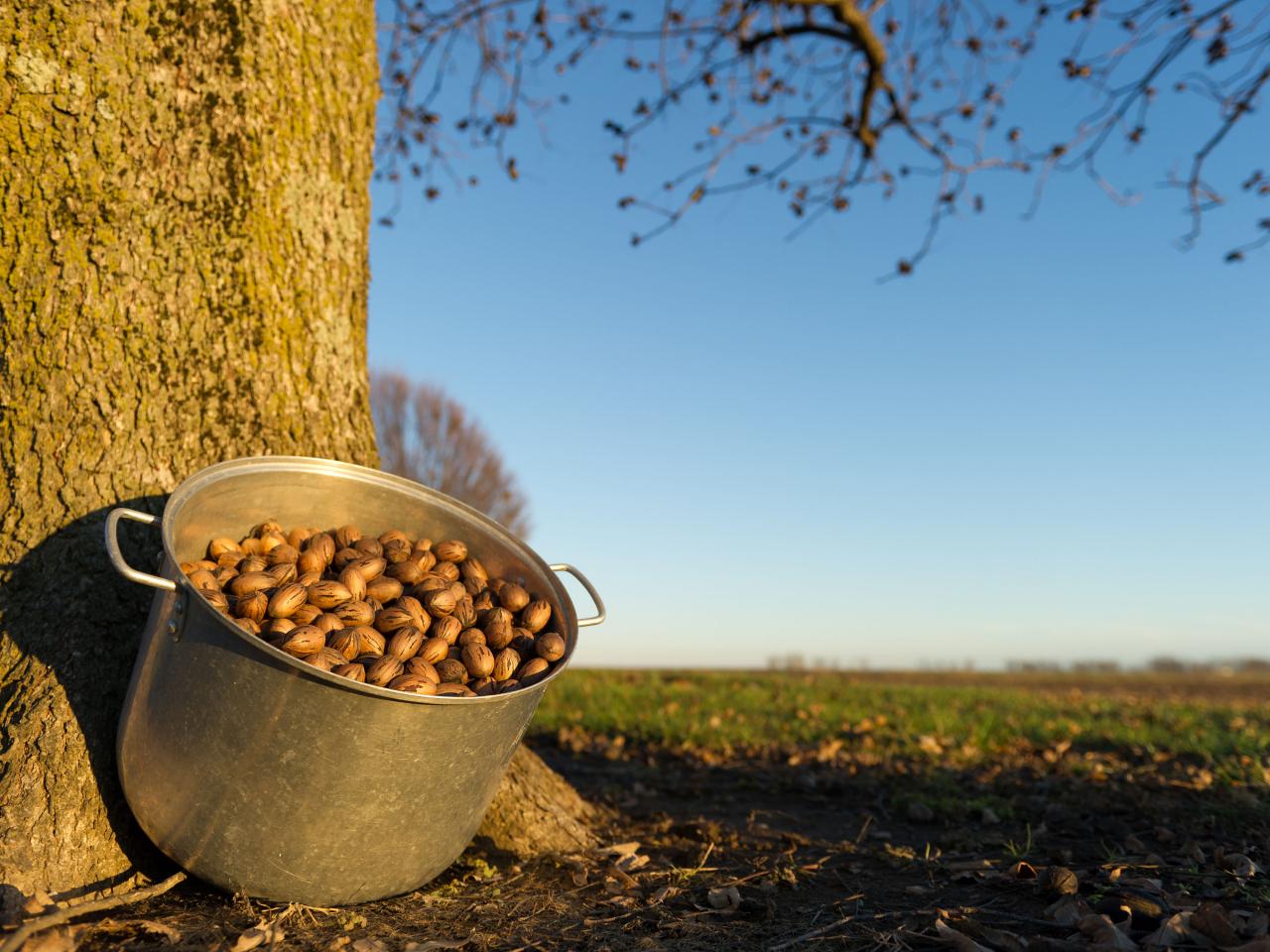
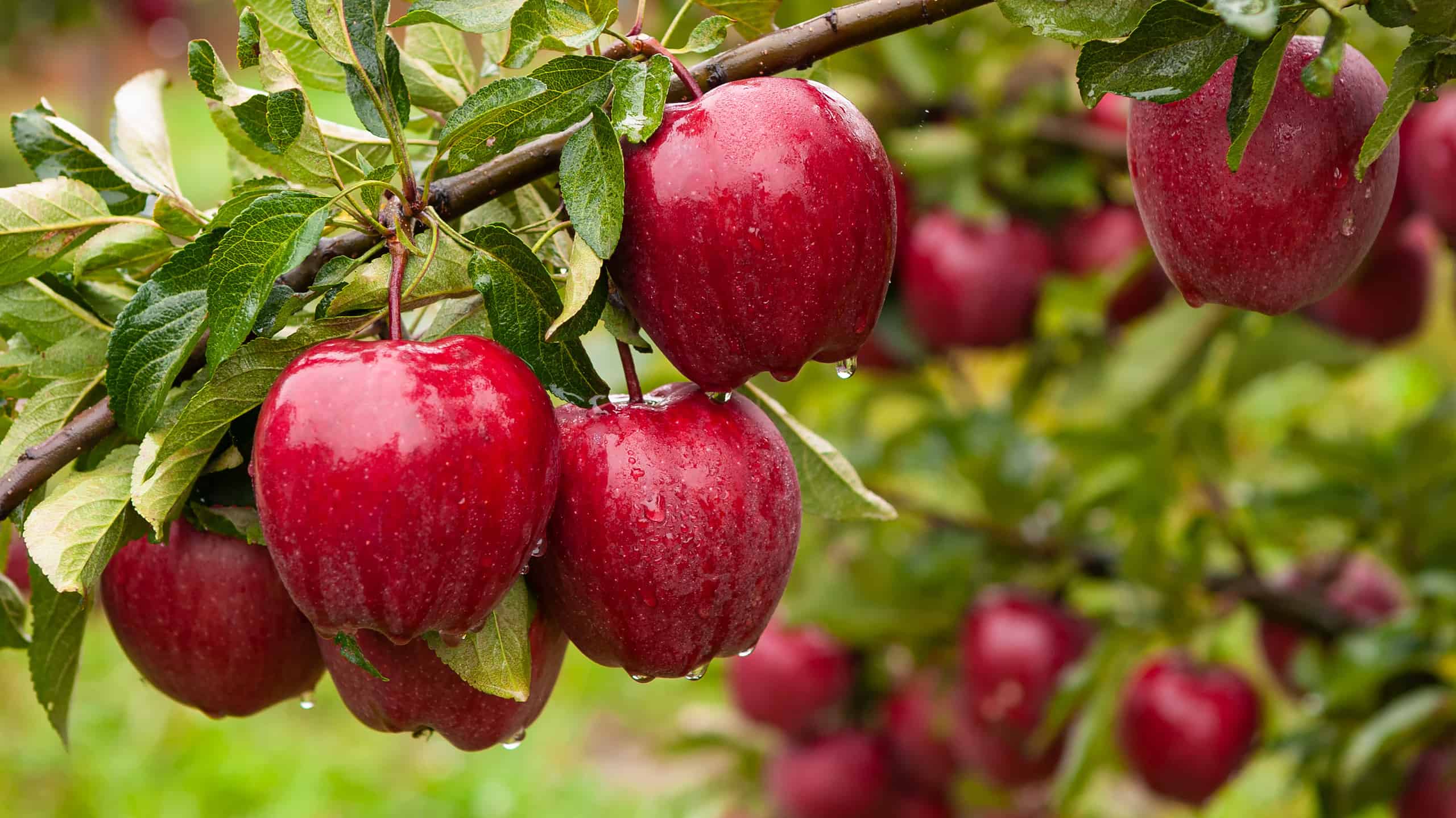


0 thoughts on “How To Grow Grass Around Trees”